FOUNDATIONS REVEALED COMPETITION ENTRY

The Spring Gown
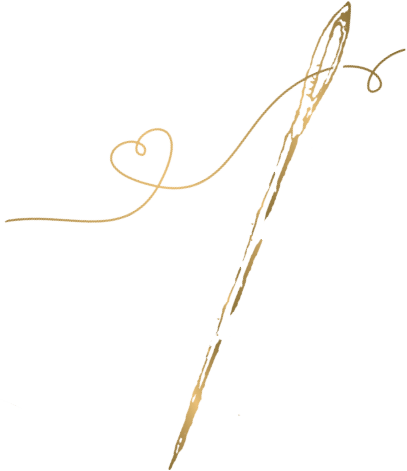
Outline the story …
The gown is based on one worn by a character in a novel I am currently writing, set in the 18th century. When I started researching the period, I realised that I cannot fully understand the setting or the character without understanding the gowns. And what better way to understand a piece of clothing than to make it?
The idea of the Spring Gown was born in fantasy first. A gown that is subdued but courtly and beautiful, that brings a bit of brightness and life in the depths of autumn, a gown of contradictions for a ball that’s really just a trap.
But, when trying to bring that fantasy to life, the aim was to be inspired by extant garments and to hand-sew it using historically accurate methods.
Robe a la Francaise was the perfect design; it seemed like it would be the gown of choice for a small ball in 1770s for a rather nostalgic person, and featured fascinating elements that were sure to draw attention, such as the pleats on the back and the wide paniers. It had to be light but feature flowers, which proved to be a problem as I couldn’t find appropriate fabric, and ended up embroidering plain cream sateen to get the desired effect.
The result is my escape into another world and into the 18th century, and a reminder that spring always comes.
Outline the construction…
This was my first fully hand-sewn outfit. I had to pick up new techniques such as: whip stitch, flat-felled seams, hemming and making eyelets by hand, and various embroidery stitches. These were all pleasantly straightforward and I’ve grown to love them.
I drafted most of the patterns using online guidance.
Of the underpinnings, the most complex piece was the stays. I used the RH821 pattern, with adjustments to fit. I hand-stitched the boning channels and boned each piece with prepared 1.6mm reeds, before folding back the seam allowances, securing them with herringbone stitch and then whipstitching the pieces together. I bound the stays with kidskin. The lining is removeable.
For the gown itself, the most time and effort went into the fabric. I struggled to find fabric I liked so hand-embroidered small flowers (50 in total) as well as vines on the sleeves and stomacher.
I used the guidance outlined on marquise.de for sewing the gown, fitting the lining to my body with help of an assistant. The resulting lining is very close fitting to my body but can be adjusted using lacing on the back. The gown was constructed onto the lining, shaping the back and side pleats. The look was finished with ruching, which I pleated and stitched on with small running stitches.
Finally, the shoes - I painted the fabric, cut and dyed the leather soles, made the Louis heel using worbla and hand-stitched everything together, finishing the shoes with a matching-fabric bow.

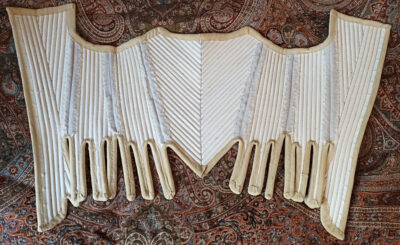
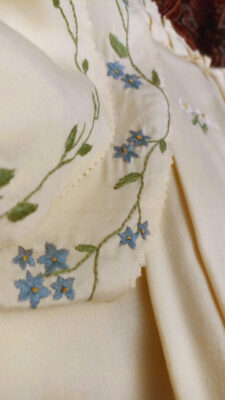
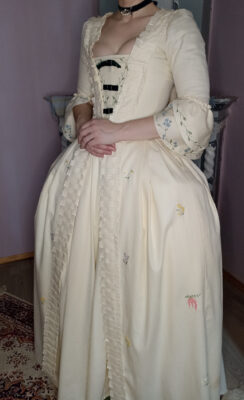
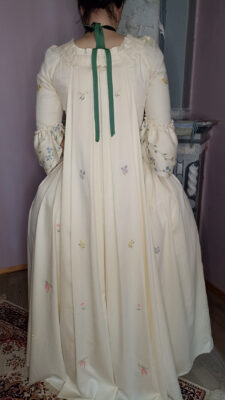

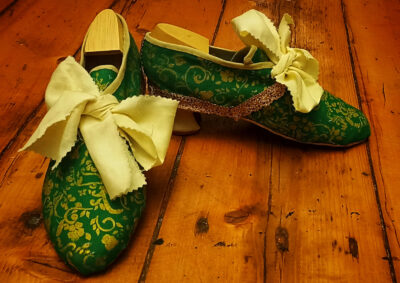
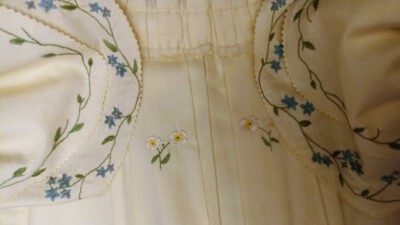
Is so beautiful, your embroidery is so well made, I adore the little flowers.
Thank you so much ❤️ So glad you enjoy the flowers, it was my first time embroidering anything more than a tiny mirror backing so I was worried about them
Everything is delightful, your stays are beautiful, adore the embroidery and the placement of it!